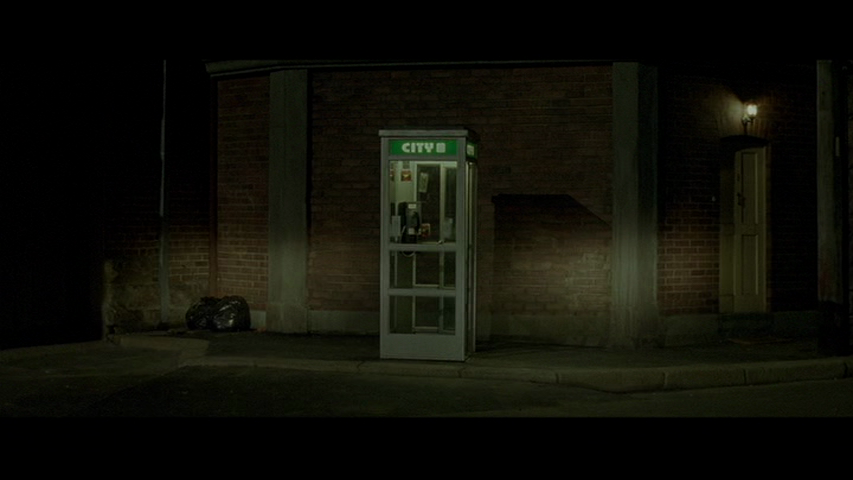On Monday I visited two local cemeteries. It was a cold and blustery afternoon, the sun struggling in vain to be glimpsed through the grey.
I drove to a nearby cemetery, and through the stone gateway on to a dead straight service road between rambling forgotten gravestones. On my left a Victorian Gothic chapel loomed, and then another identical one on the right, a couple of hundred yards away. They were each the size of a village church. Tyre tracks around the outside showed they had been attended, but the doors looked resolutely closed, no lights showed, and the phrase "Abandon hope all ye who enter here" sprang to mind.
 |
| Another cemetery |
I parked the car and strolled around. From a distance a resident cat eyed me suspiciously. The place had the air of a ghost town. One monument about six feet tall was leaning at an angle of 30 degrees, the whole of the grave having subsided alarmingly. No flowers showed their faces this cold Spring day.
I took a pathway beyond a line of trees and found myself in a different area. Here were plenty of new plots, all laid out like slabs of meat in a butcher's shop window, scarcely an inch between them. Flowers kept vigil over the stones like silent mourners. I felt uneasy.
I suddenly realised that it was late afternoon, I was alone, the gates could be closed at any time and I would be locked in, so I headed back to the car with respectful haste and departed, exiting the gates with a sigh of relief.
 |
| Cemetery Gates by LknPL on DeviantArt |
But I felt sorry that my visit had been so perfunctory, so I drove on to a village cemetery a few miles away.
Holt cemetery stands opposite the church at the edge of the village. Nonetheless it is a municipal cemetery, not a church graveyard. The sign on the iron gateway says it is the "New" cemetery, but the headstones are dated at least as far back as 1936. It is not large, but there are still some empty plots.
Graves nestle over a grassy bank, all tended with care. Daffodils were in bloom in clusters and strings, and many of the graves had fresh flowers or growing flowers. One had evidently been only recently filled, loose earth and cut flowers in a mound. Another stone for a man who died at the age of twenty showed the emblem of a motor-bike. Was this his passion, or the one that killed him? It doesn't say. Birds sang, the church looked on.
As I came away, I felt a deep sense of peace and tranquility. If I had to spent eternity anywhere, it would be here. This feeling persisted for hours after, and I was put in mind of the custom in the East to venerate the tombs of holy men. The tombs of the great Sufi poet Rumi, and of Hazrat Inayat Khan, who brought Sufi wisdom to the West, are visited by thousands of pilgrims, who simply want to be near to the resting place of these saints, to taste their beautiful persisting presence and peace, to be inspired.
 |
| The tomb of Hazrat Inayat Khan |




